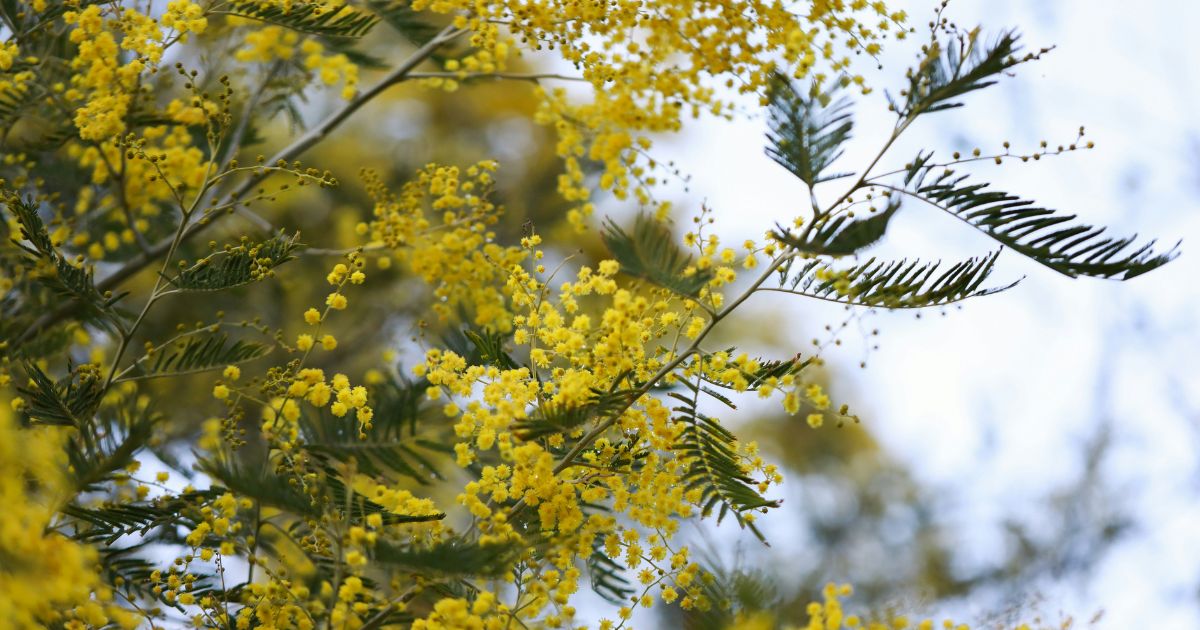MARE researchers warn: Acacia trees threaten aquatic ecosystems
A study coordinated by MARE researcher Verónica Ferreira was recently published in the scientific journal Freshwater Biology. The article, entitled "Effects of Acacia invasion on water quality, litterfall, aquatic decomposers, and leaf litter decomposition in streams", was also written by MARE researchers Ana Pereira, Nuno Coimbra and Manuel Graça.

The researchers assessed the effects of the invasion of broadleaf deciduous forests (a type of forest found in temperate regions) by nitrogen-fixing, evergreen Acacia species on the seasonal variation in the environmental conditions of watercourses, leaf fall in the riparian zone, aquatic decomposers and litter decomposition. To do this, the researchers compared three streams running through native forests with three streams running through forests composed almost entirely of monospecific stands of acacia.
Verónica Ferreira, in a statement to Observador, explains that, "this study shows that biological invasions in a terrestrial ecosystem can have effects on adjacent ecosystems, such as streams, so it is important to consider the interdependence between ecosystems when assessing the effects of these invasions." The researcher believes that invasive species are "a serious threat to biodiversity and the functioning of ecosystems".
The study showed that "the diversity of decomposer microorganisms and macroinvertebrates is lower in streams that pass through acacia trees, compared to streams associated with native species forest, largely as a result of the lower diversity of plant debris that enters acacia streams and which is dominated by mimosa debris," Verónica Ferreira explained to Wilder. "These changes in the diversity of aquatic organisms in streams in invaded forest are worrying, since less diverse communities are less prepared to deal with environmental changes that may occur, such as those associated with climate change, and may be less effective at performing ecosystem functions, such as recycling nutrients."
For the researcher, "the best option is to protect riparian zones in the upper reaches of river basins, which are generally in a better state of conservation, which may involve limiting human access and continuous monitoring to eliminate the presence of isolated mimosa individuals".
To access the article click HERE
